
ESSENCE, founded in 1970, had already established itself as a leading magazine focusing on the lives and experiences of Black women. However, the 1980s saw several key developments that solidified its importance in both the media landscape and within the African-American community. During this period, the magazine’s covers and content reflected the spirit of the era with themes of empowerment and activism, commemorating Black culture, and fashion and beauty trends of the time.
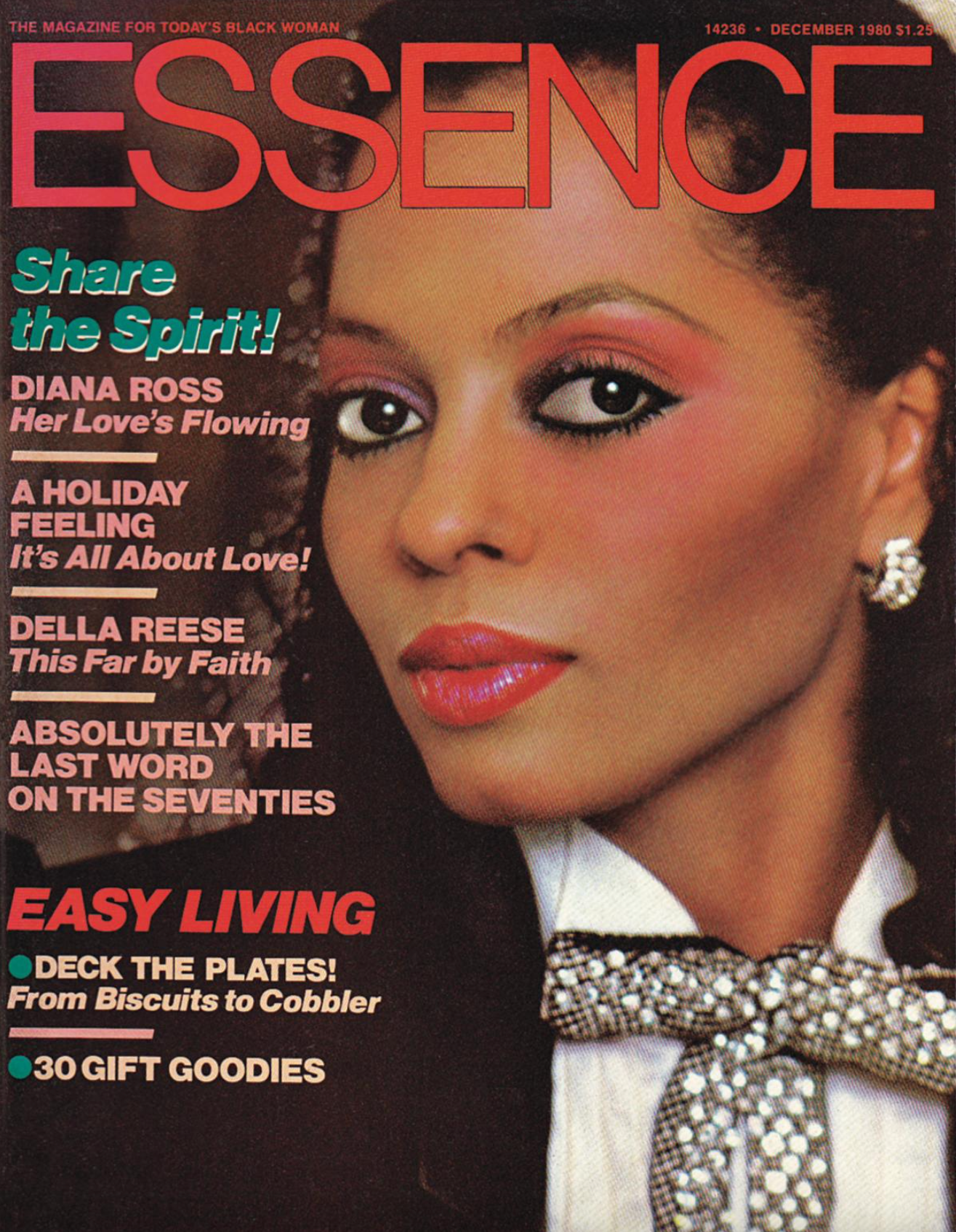
As the curtains closed in the final months of the ’70s, ESSENCE featured a prominent figure on its cover: Diana Ross. At that moment, Diana was riding the wave of success generated by her recently released self-titled album under the Motown label. The album’s reception was nothing short of remarkable, eventually earning the coveted RIAA platinum status, a testament to its widespread popularity and the impact it had.
The spotlight on Diana Ross at this juncture highlighted the magazine’s commitment to showcasing and celebrating the accomplishments of Black artists. Diana’s success was not just a personal triumph but also a representation of the broader achievements of the Black community in the entertainment world.
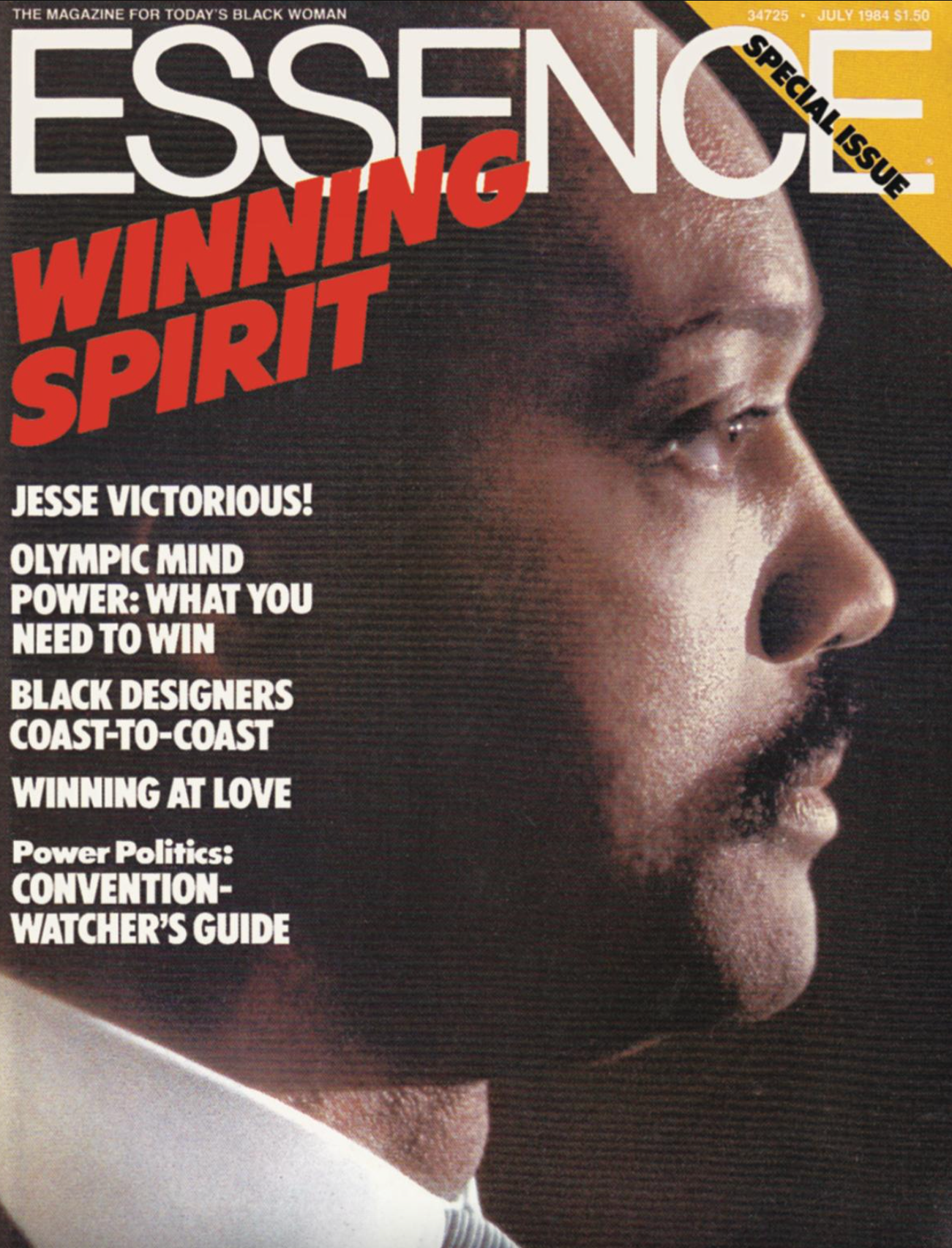
Fast forward to July 1984, and the political arena was about to witness a seismic shift that would reverberate across the nation. The catalyst for this upheaval was none other than Reverend Jesse Jackson, a prominent figure in civil rights activism and a charismatic leader within the African-American community.
Reverend Jackson’s decision to enter the presidential race marked a watershed moment. He followed in the footsteps of another trailblazer, Shirley Chisholm, who had been the first African American to seek a major party’s nomination for the presidency in 1972. Jackson’s bid for the presidency was a testament to the ongoing struggle for representation, equality, and social change within the United States. Running as a Democrat, Jackson’s nationwide campaign was more than a political endeavor; it was a call to action for societal transformation.
ESSENCE Magazine played a pivotal role in amplifying Jackson’s campaign and message. The magazine’s coverage of this historic moment demonstrated its commitment to being a platform for Black voices and perspectives, not only in matters of culture and lifestyle but also in the realm of politics. By providing a platform for his ideas and initiatives, ESSENCE facilitated a crucial dialogue within the Black community and the nation at large.
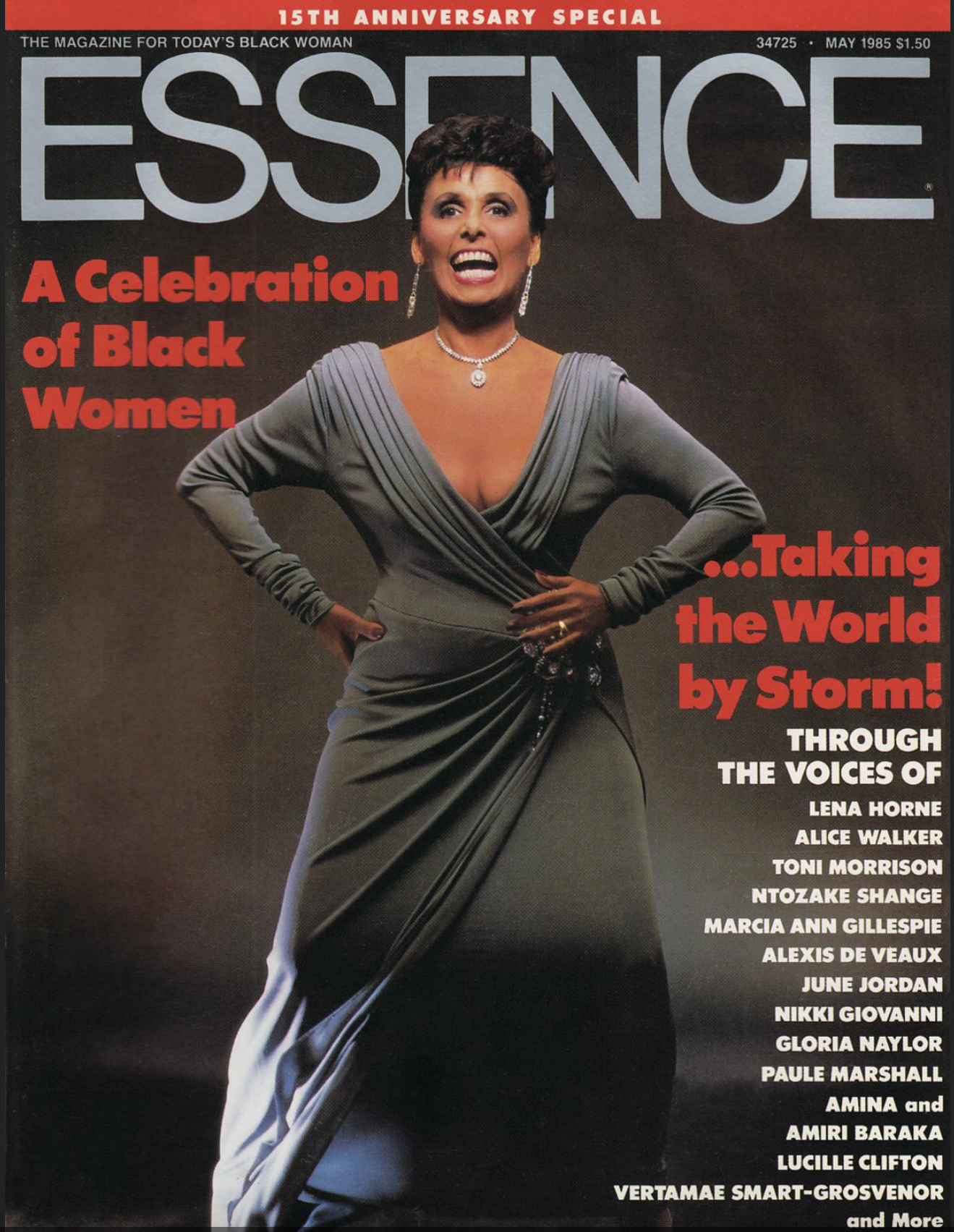
In May 1985, the pages of ESSENCE Magazine were graced by the legendary presence of Lena Horne, a trailblazing entertainer who had long captured the hearts of audiences with her exceptional talent and grace. This particular cover story marked a significant moment in Horne’s already illustrious career, as it coincided with her Emmy nomination for her album Lena Horne: The Lady and Her Music.
Horne’s journey to the cover of ESSENCE Magazine was a culmination of decades of dedication to her craft. From her early days as a singer and dancer to her rise as a Hollywood star, Horne had shattered numerous barriers in the entertainment industry. Her talents transcended genres, and she had the unique ability to captivate audiences not only with her vocal prowess but also with her elegance and charisma. Horne as the cover star was a reflection of her significance as an icon within the African American community and the entertainment industry. Her journey paved the way for other Black artists to find their voices and embrace their unique identities in a predominantly white industry.
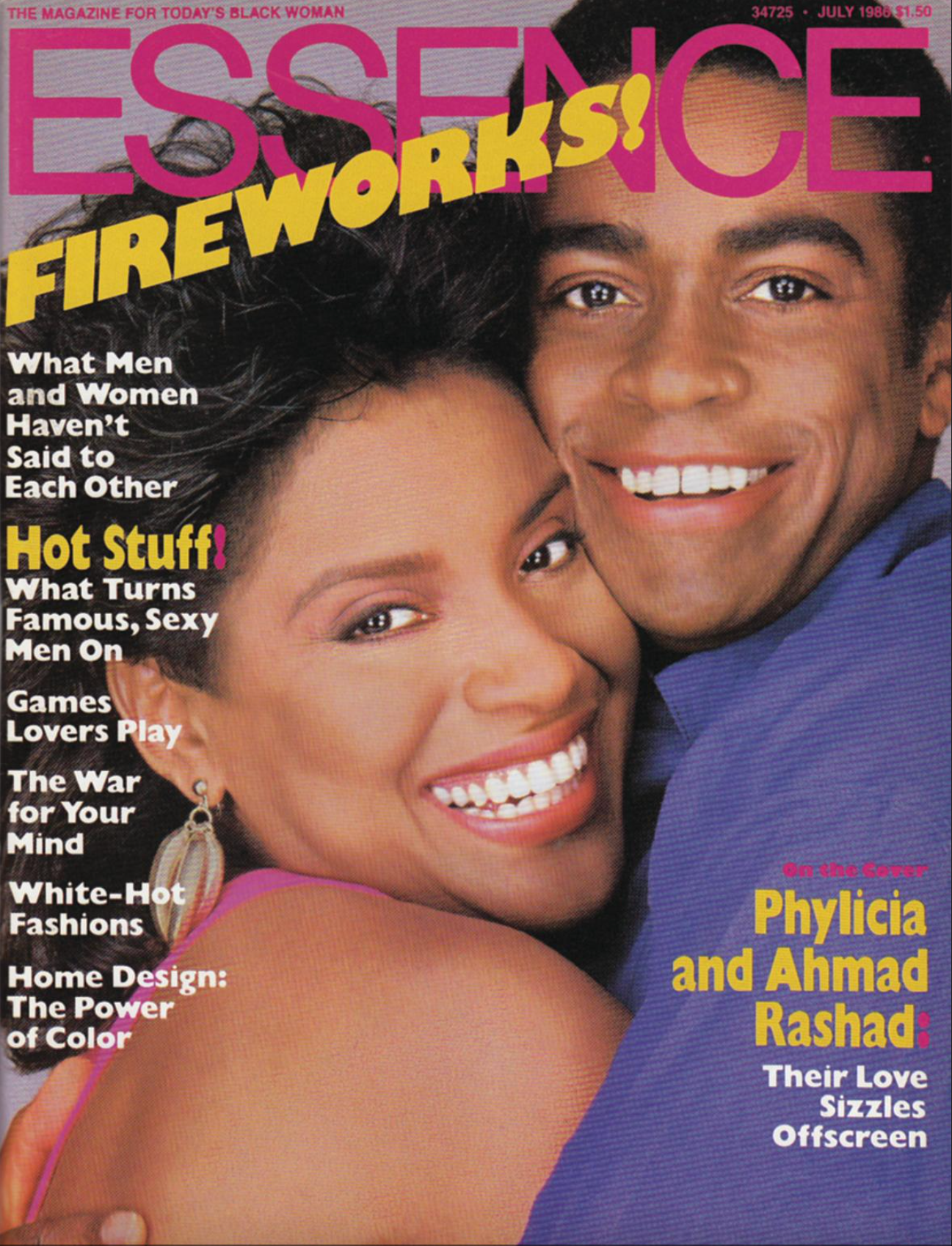
As the latter years of the 1980s unfolded, ESSENCE Magazine demonstrated its keen focus on emerging talents from the silver screen, individuals who were instrumental in shaping a new era of entertainment and cultural influence.
In July 1986, the cover of ESSENCE featured the captivating duo of Phylicia Rashad and her husband, Ahmad Rashad. Phylicia, known for her iconic role as Clair Huxtable on The Cosby Show, and Ahmad Rashad, a former professional football player turned sports commentator and television host, represented the growing influence of the Black community in both the entertainment and sports realms. Featuring the couple on the cover highlighted the magazine’s role as a platform for celebrating excellence in multiple domains. The cover story wasn’t just about celebrity; it was about showcasing a power couple who were making significant contributions to their respective fields while also breaking down stereotypes and paving the way for future generations.
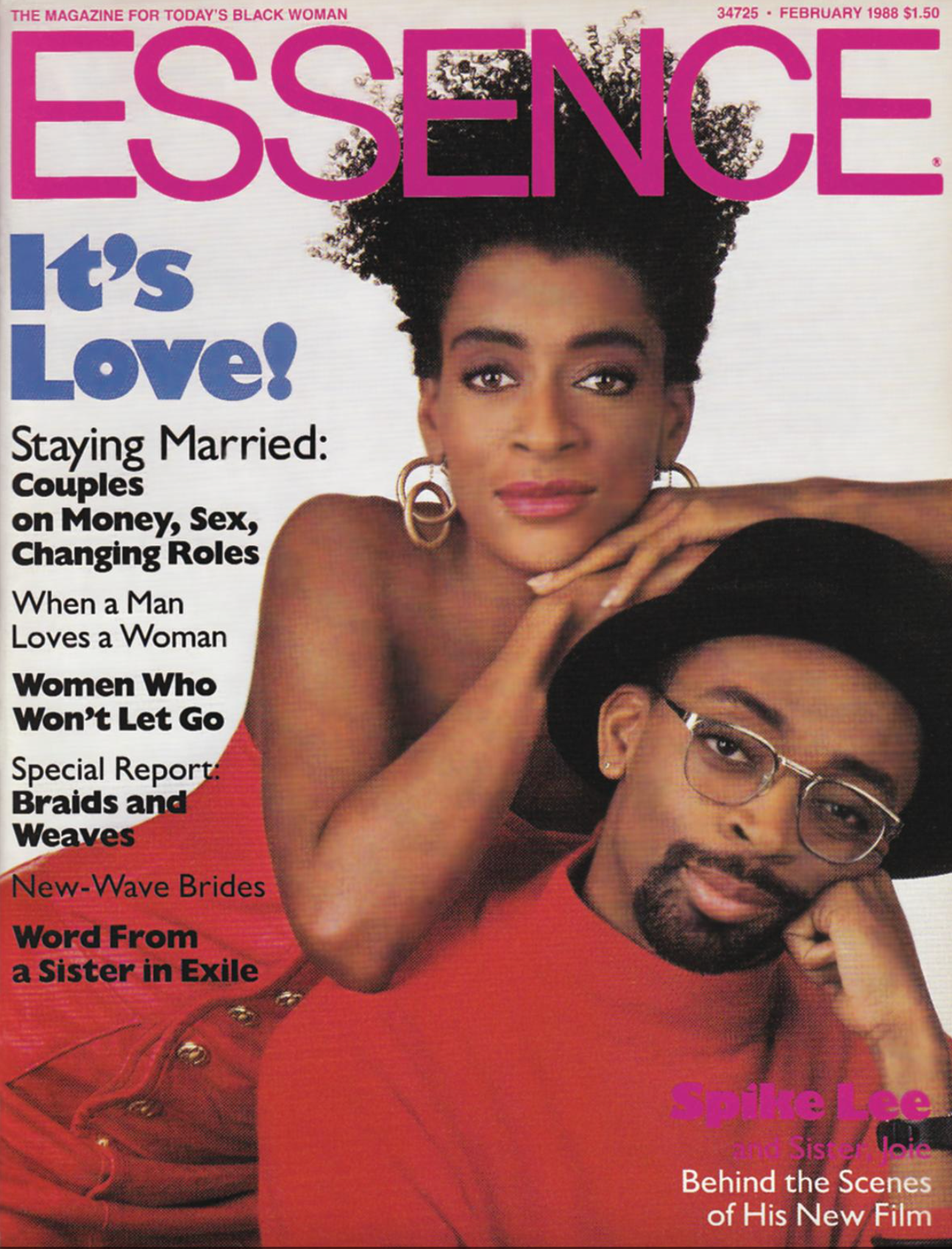
As the 1980s approached their conclusion, ESSENCE Magazine turned its spotlight on a rising star in the world of filmmaking. This individual was none other than Spike Lee, a young and innovative filmmaker who was on the cusp of becoming a defining voice in Black cinema. The magazine’s decision to feature Lee and his sister Joie on the cover of the February 1988 issue was a recognition of his growing influence and the unique perspectives he was bringing to the film landscape.
Lee was at the forefront of a new wave of filmmakers who were challenging traditional narratives and pushing boundaries. His film School Daze, which was released in the same month as the cover feature, exemplified his commitment to exploring complex themes within the Black experience. The film delved into issues of race, identity, and the complexities of life on a historically black college campus. School Daze was a bold departure from conventional filmmaking and marked the beginning of Spike Lee’s signature style characterized by social commentary, raw emotion, and an unapologetic exploration of cultural issues.
By featuring Spike Lee and his sister on the cover, ESSENCE acknowledged the power of storytelling as a means of representation and advocacy. Lee’s films gave voice to perspectives that had been largely absent from mainstream cinema, and his creative vision resonated deeply with audiences hungry for authentic and diverse narratives.
